Back in January of this year (2021), the Raspberry Pi Foundation came out with their first microcontroller board calling it the Raspberry Pi Pico. The microcontroller chip (RP2040) used on the Pico was designed by the Raspberry Pi foundation and features a dual-core Arm Cortex-M0+ processor with 264KB internal RAM, support for up to 16MB …
Category: Informational
Feb 05 2021
Connecting a serial port to the WEB via Node.js
A previous post (here) documented how to connect a Python script to a serial port on a microcontroller. This post documents connecting a serial port to the WEB via Node.js (which is a JavaScript runtime). Using Node.js and a module for node called serialport, it is very easy to connect a PC to a serial …
Feb 02 2021
An STM32F103C8T6 based MIDI Controller for MIDI2LR (Updated)
In a previous post (here) , a project was introduced for those of you who use Adobe Lightroom. There is a way to use a MIDI hardware ‘box’ to control various Lightroom actions. I am told that once you use the hardware controls you will never want to go back to the software ones. A …
Feb 01 2021
Multiple Rotary Encoders on an STM32F103C8T6
Rotary encoders are useful for many things. Here is what they look like (with and without the button): They have 5 connections (Power, Ground, Data, Clock and Switch). The button can be turned (continuously in any direction) and it can also be pushed down . The switch connection monitors the button …
Jan 29 2021
Powering your electronics projects with an ATX power supply
Working with different electronics projects, and especially microcontrollers , requires different voltages (usually 3.3, 5 and 12 Volts). It is very fitting that the power supply used in most desktop computers (an ATX power supply) can provide exactly these voltages. There are a number of projects (found via a Google search) that turn an ATX …
Jan 13 2021
STM32F103C8T6 Pin Tester to check your soldering
How good are you at soldering? Here is the STM32F103C8T6 microcontroller board that I use and have to solder all of the pins. Sometimes when I solder pins to the board, the connection looks OK and even tests OK with continuity on a multimeter. However, the solder connections even though they pass those two …
Dec 11 2020
PIR Sensor and Relay Switch to turn on a Light
Ever wonder how a motion detector is used to turn on a light? Take a look at this graphic (made with Fritzing). It shows the circuitry that uses an STM32F103C8T6 microcontroller to control a PIR sensor and relay switch to turn on a Light. Get the Fritzing source code for the above image HERE (in …
Dec 08 2020
An STM32F103C8T6 based MIDI Controller for MIDI2LR
For those of you who use Adobe Lightroom, there is a way to use a MIDI hardware ‘box’ to control various Lightroom actions. I am told that once you use the hardware controls you will never want to go back to the software ones. There is a Lightroom plugin called MIDI2LR which interfaces various MIDI …
Jul 31 2020
WebRTC Phone Calls via Asterisk
Are you ready for another off topic article on WebRTC? This one is titled WebRTC Phone Calls via Asterisk. I have written about Asterisk before (HERE) and that article did have something to do with microcontrollers 😎 Asterisk is an open source full featured phone system (PBX). In my last post about WebRTC, I showed …

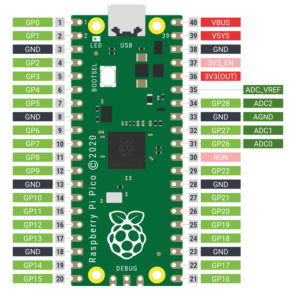
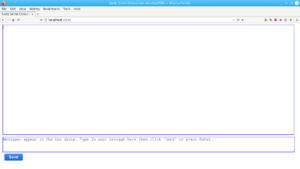
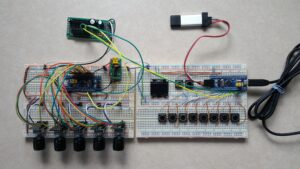
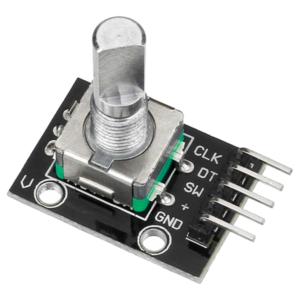
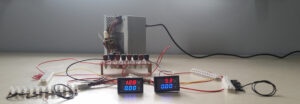
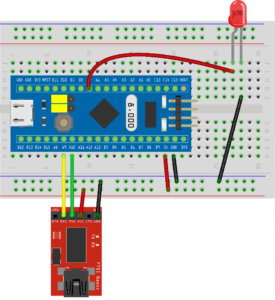
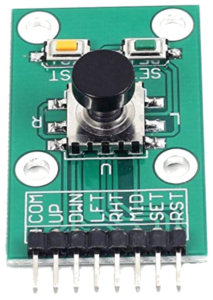

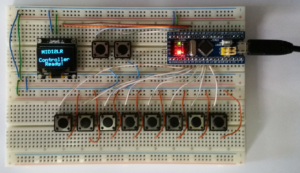

Recent Comments